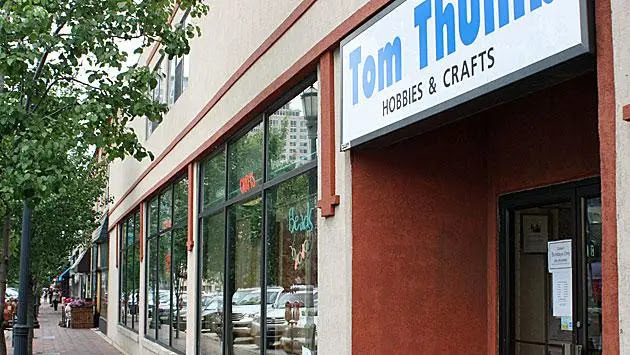Alphonse Francis “Sonny” Capone Jr. was born December 4, 1918, in Chicago, Illinois, to parents Al Capone and Mary "Mae" Josephine Coughlin with congenital syphilis, a serious mastoid infection, passed on from Al. He survived the required brain surgery for the disease but was left partially deaf.
Sonny Jr. did not share his father's first name. His full name was Albert Francis Capone.
Al Capone had money, power, and prestige in Chicago, New York, and Miami. He sent his son to the best schools available, among them Saint Patrick’s High School in Miami.
 |
| Sonny in 1934 |
There, Sonny befriended a young Cuban expatriate by the name of Desiderio Alberto Arnaz and graduated in 1937. Arnaz was the bandleader and I Love Lucy star and creator who later gained lasting fame as Desi Arnaz.
Sonny attended the University of Notre Dame but eventually completed his studies and obtained his degree at the University of Miami. Sonny maintained a simple life after completing his schooling.
After attending the University of Notre Dame in Indiana, Sonny Capone transferred to the University of Miami, earning his bachelor's degree from the institution in 1941. In one of his first big career choices, he found he couldn't escape the criminal element entirely. While working as a used car salesman in Florida, he found out his boss was changing the numbers on vehicles' odometers, a seedy and illegal practice. So, Sonny quit and switched gears to printing, where he served as an apprentice before deciding on a couple more profession changes. In addition to trying tire distribution, the younger Capone ran a restaurant in Miami with his mother. According to Capone: The Man and His Era, Sonny attempted to use his underworld connections to secure a loan, asking the Chicago "Outfit" for $24,000 to expand the business. It refused.
He had four daughters with Diane Ruth Casey, whom he married in 1941. Veronica, Teresa, Barbara, and Patricia Capone-Brown. Diane and Sonny divorced in July 1964, and Sonny remarried twice. Albert was married to a woman named America "Amie" Francis. It is not sure if it was his second or third wife, but she was listed in his daughters' obituary as step mother. We assume she was his third wife.
Mae Coughlin and her son, Albert Francis Capone, purchased Ted's Grotto in Miami in 1956.
sidebar
Ted's Grotto started in the 1940s as a small, unassuming diner on Biscayne Boulevard in Miami by its namesake, Ted Bowers. Ted's Grotto became a regular hang-out for Entertainers like Frank Sinatra, Sammy Davis Jr., and Judy Garland. They'd swing by after their gigs at the Fontainebleau or the Eden Roc hotels, drawn by the intimate atmosphere and enjoying a good time. The Grotto wasn't just for entertainers, though. Politicians, athletes, and yes, even mobsters rubbed shoulders at its red booths, creating a unique Miami cocktail of glitz and grit. Ted's Grotto's reign as Miami's hottest spot didn't last forever. By the late 1960s, the city's nightlife scene had shifted, and the Grotto began to lose its luster. The restaurant closed its doors in the early 1970s, leaving a legacy of good food, music, and even better memories.
Mae Coughlin and Sonny injected Ted's Grotto with a much-needed dose of glamour. The restaurant expanded, the soup and sandwich menu got much fancier (Oysters Rockefeller, Lobster Thermidor, Tournedos Rossini, Steak Diane, Baked Alaska, and Crêpes Suzette), and the clientele shifted towards celebrities and socialites.
On August 7, 1965, Albert Francis Capone was nabbed by the police for a petty crime. A store clerk from the Kwik Chek market in North Miami Beach caught him pocketing two bottles of aspirin and some batteries worth $3.50 ($30.60 today). from the Kwik Chek market in North Miami Beach. "Everybody has a little larceny in them," Sonny quipped upon his arrest. He pleaded no contest to the charge of shoplifting and was sentenced to two years' probation.
When he went before a judge, he got two years of probation but shrugged off his crime by saying to the judge that “everybody has a little larceny in them.”
Following his arrest, he changed his name to Albert Francis Brown in 1966. According to his lawyer, Sonny Capone did so because he was “just sick and tired of fighting the name.”
On July 8, 2004, Albert Francis Capone died in the tiny California town of Auburn Lake Trails. His wife, America “Amie” Francis, told a reporter that Albert Francis Capone was much more than his family name.
“Al Capone has been dead a long time,” she said. “His son had nothing to do with him. Let him rest in peace, for crying out loud. He suffered enough in his life for being who he was.”
After changing his name, Albert Francis Capone, aka Sonny Capone, aka Albert Francis Brown, lived a quiet, law-abiding life. He married three times and is survived by numerous grandchildren and great-grandchildren.
Compiled by Dr. Neil Gale





